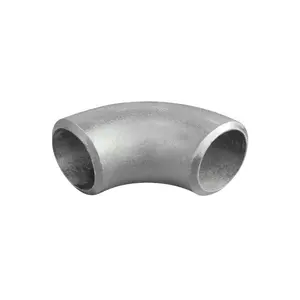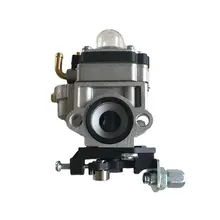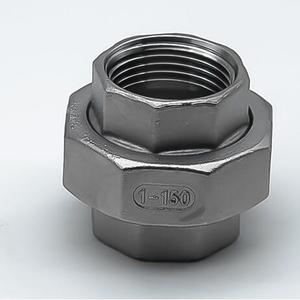Understanding the 60 Degree Pipe Elbow Socket Weld
The 60 degree pipe elbow socket weld is a pivotal component in the configuration of various piping systems. Designed to change the direction of flow in a piping network, this type of elbow is crucial for the integration of pipes in both confined spaces and wide-scale industrial applications. The angle of 60 degrees is specifically chosen to provide an optimal balance between a sharp right angle and a more gradual curve, offering versatility in system design.
Materials and Applications
Elbows of this kind are manufactured from a range of materials, each selected for its properties in relation to the intended application. For instance, stainless steel pipe elbows are sought after for their strength and resistance to corrosion, making them suitable for both high-pressure applications and those involving corrosive substances. Carbon steel, on the other hand, is often chosen for its durability and cost-effectiveness in systems where corrosion is less of a concern.
Features and Advantages
The design of a socket weld elbow incorporates a socket fit that allows for a secure connection to pipes. This connection method is known for providing greater strength and smooth flow. The internal smoothness of an elbow is essential, as it minimizes turbulence and erosion within the pipe. Additionally, the 60-degree angle helps in reducing the amount of space required for the piping system, which is particularly beneficial in compact installations.
Types of 60 Degree Elbows
Variations of the 60 degree elbow cater to different system requirements. Forged elbows offer enhanced strength and are typically used in high-pressure systems. Threaded pipe elbows are another variant, providing a convenient method for connecting pipes without welding, ideal for systems that require regular maintenance or modification.
Selection Considerations
When selecting a 60 degree pipe fitting, it is crucial to consider the fluid characteristics, pressure requirements, and environmental factors. The compatibility of the elbow material with the conveyed fluid ensures longevity and reliability of the system. Additionally, the pressure rating of the elbow must match or exceed the system's maximum operating pressure to maintain integrity under use.
Complementary Components
In a comprehensive piping system, the 60 degree pipe elbow socket weld is often used in conjunction with other fittings. Reducers, tees, and couplings are common companions, each serving a unique purpose in the system. Reducers adjust the pipe diameter to meet flow rate requirements or adapt to different sized equipment, while tees allow for branch connections. Couplings are used to connect two pipes directly, ensuring a continuous flow.











































 浙公网安备 33010002000092号
浙公网安备 33010002000092号 浙B2-20120091-4
浙B2-20120091-4